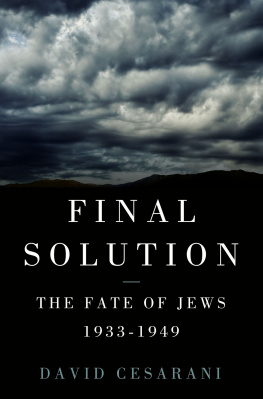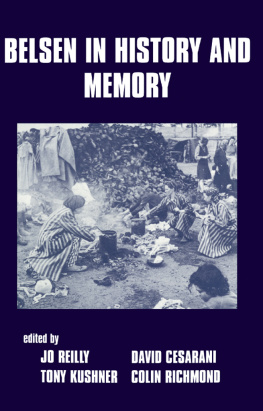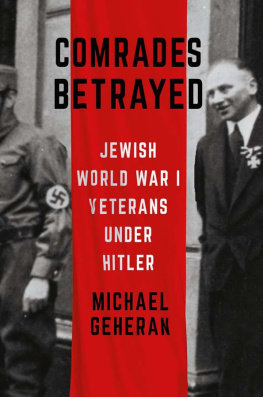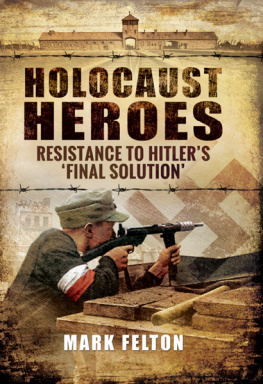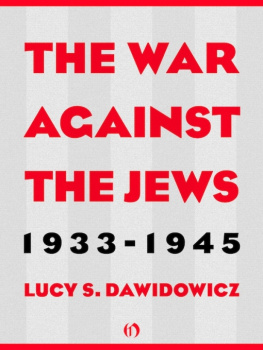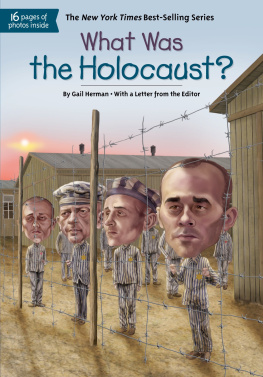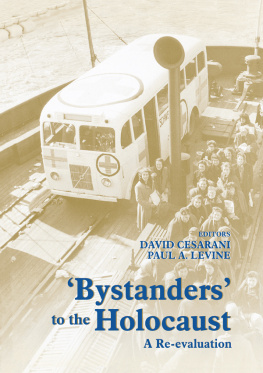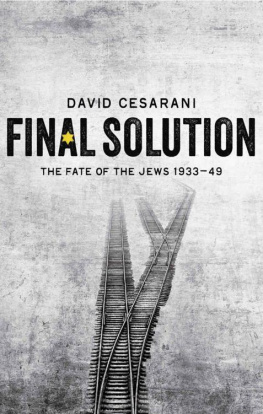DAVID CESARANI
FINAL SOLUTION
THE FATE OF THE JEWS 19331949
St. Martins Press
New York

The author and publisher have provided this e-book to you for your personal use only. You may not make this e-book publicly available in any way. Copyright infringement is against the law. If you believe the copy of this e-book you are reading infringes on the authors copyright, please notify the publisher at: http://us.macmillanusa.com/piracy.
Also by David Cesarani
Arthur Koestler:
The Homeless Mind
Justice Delayed:
How Britain Became a Refuge for Nazi War Criminals
Eichmann:
His Life and Crimes
Major Farrans Hat:
Murder, Scandal and Britains War Against Jewish Terrorism 19451948
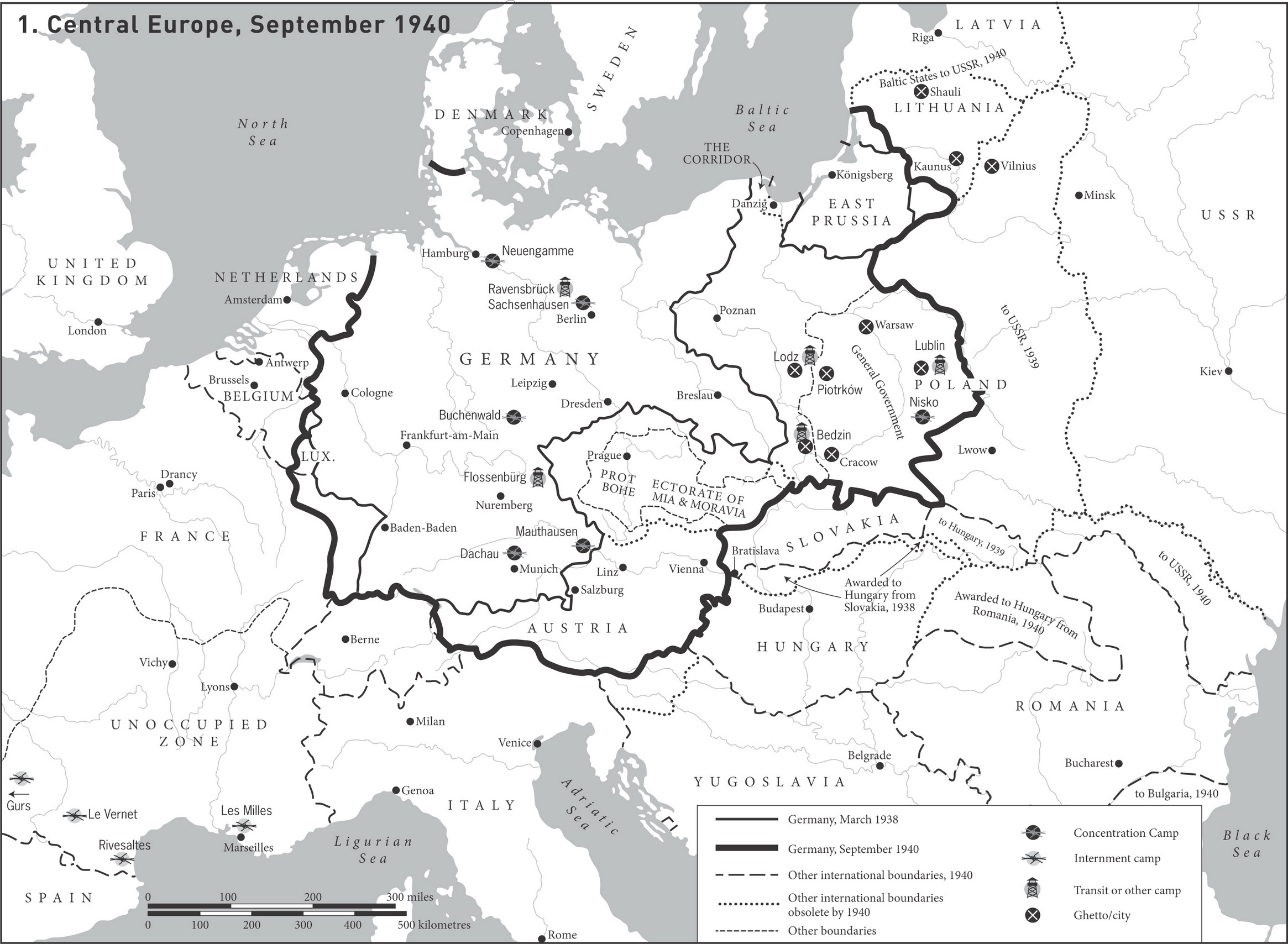
Central Europe, September 1940

The Limit of German Occupation of Europe, December 1941
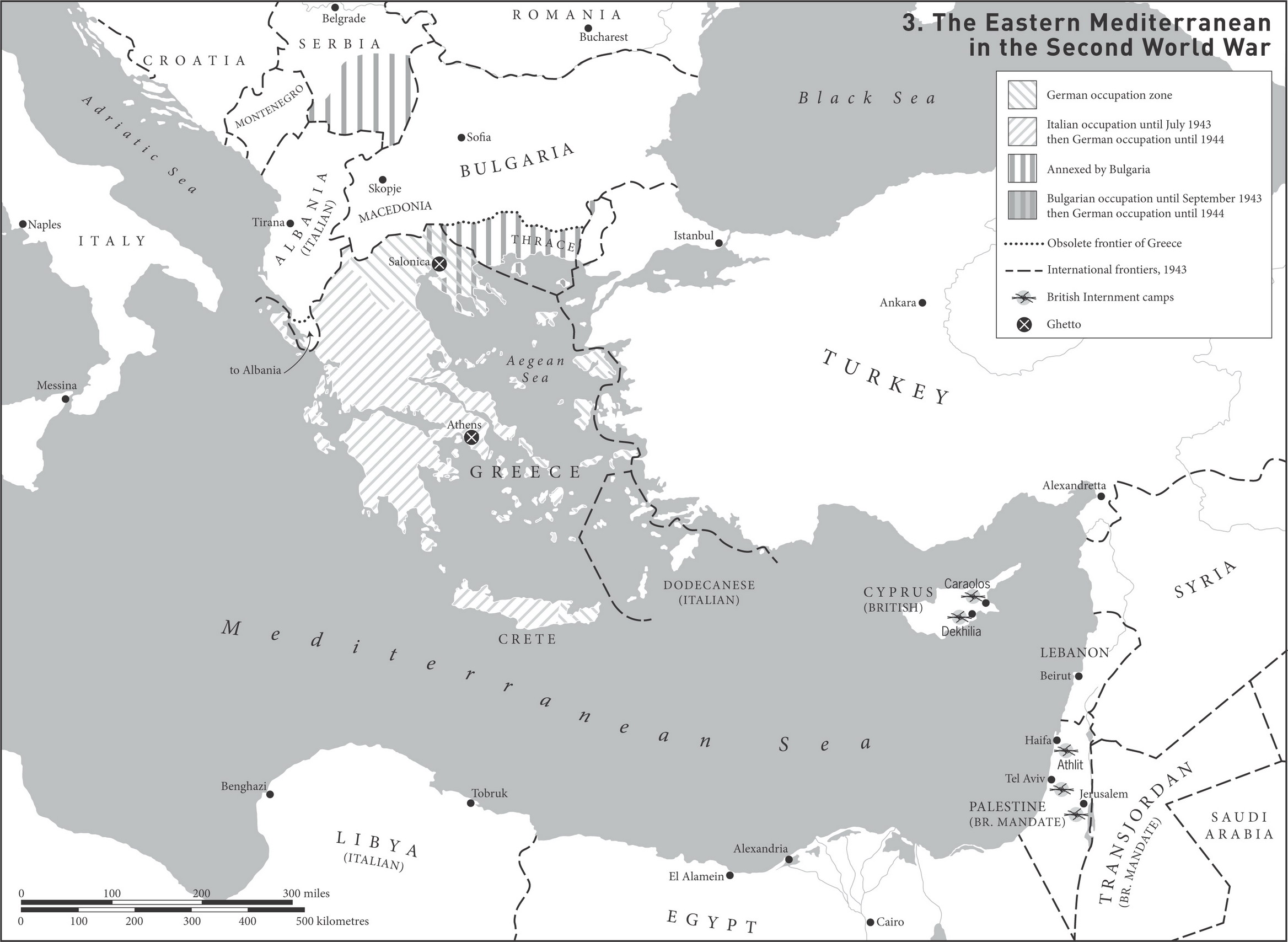
The Eastern Mediterranean in the Second World War
Section One
Section Two
Section Three
Acknowledgements
110, 17, 2228, 32, 34, 3843, 46, 48: courtesy of the Wiener Library, London
11: Yad Vashem
12: courtesy of the Leo Baeck Institute
13 and 15: Collection Jewish Historical Museum, Amsterdam
14: Erling T. Hofmo/NTB scanpix
16: Aufbau-Verlag/ullstein bild via Getty Images
18: Mmorial de la Shoah/Coll. Mariette Job
19: United States Holocaust Memorial Museum, courtesy of Mary Berg
20: Adam Czerniakow. / Forum / Bridgeman Images
21, 30 and 47: United States Holocaust Memorial Museum
29: sourced from the YIVO Institute
31: Paul Popper/Popperfoto/Getty Images
33: United States Holocaust Memorial Museum, courtesy of Trudi Gidan
35: akg-images / Bildarchiv Pisarek
36: Keystone-France\Gamma-Rapho via Getty Images
37: Roger-Viollet/REX Shutterstock
44: Mondadori Portfolio via Getty Images
45: Jewish Historical Institute
First and foremost I would like to thank my agent, Peter Robinson, without whose unstinting support and friendship this book would neither have been started nor completed. Georgina Morley has been a patient and understanding editor, whose suggestions made the finished product shorter and better. I must also thank Nicole Foster for copy editing, Nicholas Blake for overseeing production, and Martin Lubikowski for the maps.
The book has benefited from the staff and resources of the three great libraries and archives that cover its subject. At the United States Holocaust Memorial Museum in Washington, DC, I would like to thank Paul Shapiro, the director of the Centre for Advanced Holocaust Studies, Suzanne Brown-Fleming, Jrgen Matthus, and Martin Dean. During visits to the Centre, often unannounced and informal, Jrgen and Martin have generously given their time to discuss my work, answer questions, and offer suggestions. I am especially grateful to Jrgen, who shared with me the fruits of a major USHMM archival find, the diary of Alfred Rosenberg, before it was published. During a sabbatical at the USHMM I was able to meet Jeffrey Herf when he was completing his book about the place of the Jew and anti-Semitism in Nazi wartime propaganda. Jeffrey is both an ally and a stimulating colleague. At Yad Vashem in Jerusalem I was fortunate to have been able to spend time with David Bankier, head of the International Institute for Holocaust Research, before his untimely death. Dan Michmann, the current director of the Institute, has been a constant source of information and a challenging critic of my ideas. Rob Rozett, director of the Library, read an early version of the manuscript and made many wise comments, often drawing my attention to new publications in the field. David Silberklang, editor of Yad Vashem Studies, commissioned me to write a number of reviews and other pieces that have helped clarify my thinking on historiography; his editorial comments have always been valuable. Rob and David are also dear friends and have welcomed me, and my family, into their homes many times. One of the compensations for working on such grim material for so long is that over this time our families have come to know one another and our friendships have deepened. Thanks to my visits to Yad Vashem and also my involvement with the International Holocaust Remembrance Alliance (formerly the Task Force for International Cooperation on Holocaust Remembrance, Education and Research) I have also had the opportunity to discuss aspects of my work with Yehuda Bauer, whose fund of knowledge and insight is peerless. The Wiener Library in London has been an indispensable, local resource and I would like to thank its director, Ben Barkow, and the head librarian, Kat Hbschmann, for their hospitality and unfailing assistance. Needless to say, all three institutions would not function without many members of staff, too numerous to list: I would just like to say a big Thank You to all of them.
Aspects of this research have been presented in lectures and I would like to thank the organizers of these events and acknowledge the feedback they garnered. In 2011 as the Wilkenfeld Family Lecturer in Holocaust Education at the Sidney Jewish Museum I benefited from the advice and insight of my host, Konrad Kwiet. The following year, Milton Shain, director of the Kaplan Centre for Jewish Studies, University of Cape Town, invited me to an unusual gathering at the citys wonderful Jewish Museum at which Holocaust historians were invited to reflect on the autobiographical dimension of their work. Over the course of several days I enjoyed the company and conversation of Steven Aschheim, Doris Bergen, Christopher Browning, Richard J. Evans, Robert Erikson, Steven T. Katz, Michael Marrus, Antony Polonsky, and Karl Schleunes. Despite having met each other on various occasions in different circumstances, this was a particularly fruitful and reflective encounter. In 2014 I was invited to deliver the Raul Hilberg Memorial Lecture at the University of Burlington, Vermont. Francis Nicosia and Jonathan Heuner were perfect hosts, but they also made valuable observations on my paper attempting to bring together the history of the war and the fate of the Jews. Jerold D. Jacobson, who generously supports the lecture series, proved an incisive critic as well as a jolly dinner companion. Jacques Fredj, director of the Mmorial de la Shoah in Paris, has invited me to address audiences there on several occasions, which has also given me the opportunity to use the resources of the centres library and archive. Our post-lecture conversations at a restaurant around the corner are always a highlight of these visits. In 2015, Guri Schwarz enticed me to a conference on remembrance of the Holocaust held at the new Memoriale della Shoah in Milan. This gave me the chance to explore the bleak, subterranean freight yard from which over a thousand Italian Jews were deported. The participants in the conference included Tal Bruttmann, whose path-breaking research earlier led me to revision the plight of Jews during the last phase of the German occupation of France. A few months later, at the invitation of Antony Polonsky, I attended a three-day conference to mark the opening of the permanent exhibition of Polin the new museum of Polish Jewish history in Warsaw. The conference heard from a cadre of Polish historians who, since 1990, have transformed the way we understand the fate of Polish Jews. The fruits of their research pepper the footnotes of this book. In this connection I would like to acknowledge the impact of publications and presentations by Jan T. Gross and Jan Grabowski, whom I had occasion to meet during their visits to London and elsewhere. Their pioneering and courageous work has had a huge influence on my approach to the subject. Finally, I would like to thank Stephen Feinberg, recently retired from the US Holocaust Memorial Museum, for inveigling me into educational events in Washington, Kaunus, and Budapest. Steve has been a superb sparring partner for many years and, once again, it mitigates the darkness of the subject to know that through it I became friends with him and his no less feisty partner, Patt Moser.

